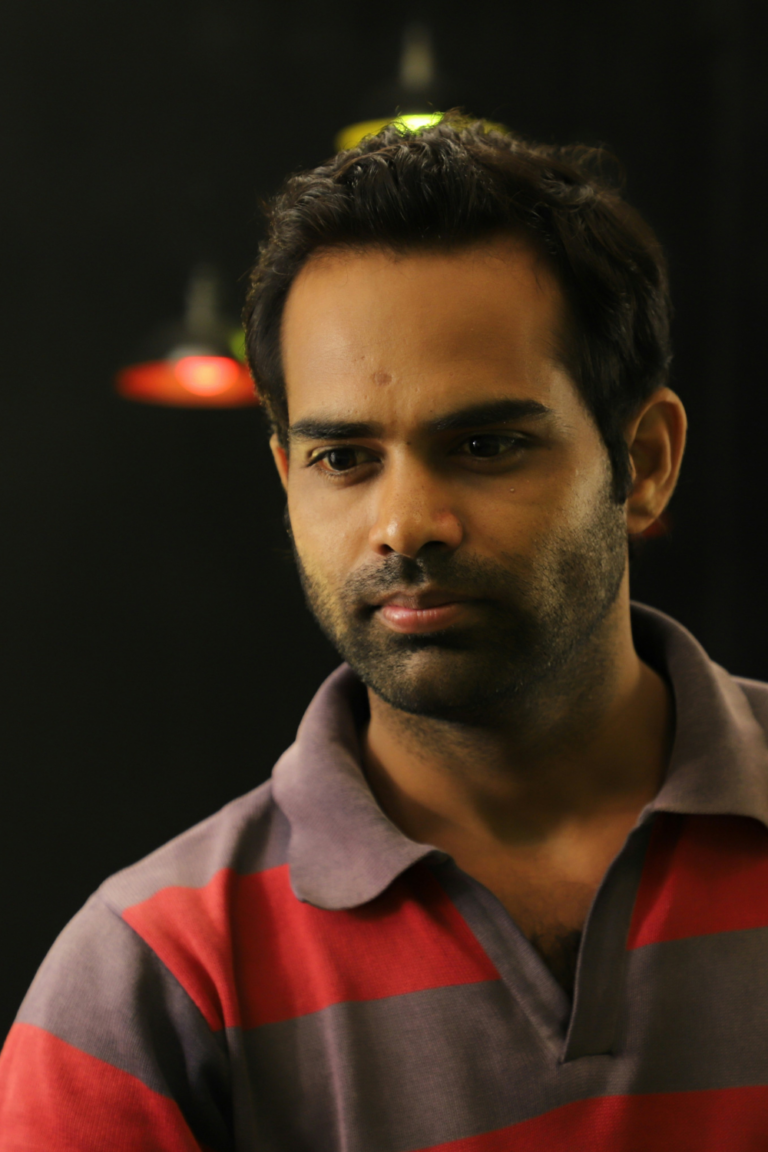Feeling Intimidated by Investing? You’re Not Alone
Investing feels daunting at first, right? You’re making decisions about your hard-earned money, and the stakes seem high. Trust me, I’ve been there. When I got my first job, I didn’t even think about investing. I was too focused on spending that first paycheck!
But here’s the deal, starting early can make a world of difference. Did you know that someone who invests just $200 a month starting at age 25 could end up with over $300,000 by the time they retire? This article is all about making investing less intimidating. I’ll break it down into simple, actionable strategies that will help you feel confident about your financial future.
My First Investment Mistake (and What I Learned)
Let me tell you a story. When I finally decided to invest, I did zero research. I picked a random stock because a friend told me it was “hot.” Spoiler alert: it tanked, and I lost money. It wasn’t a lot, but it stung.
That experience taught me an important lesson, investing isn’t about luck. It’s about having a plan. If you’re new to investing, stick with me. I’ll walk you through strategies that actually work, so you can skip the trial-and-error phase I went through.
Why Having an Investment Strategy Matters
Investing isn’t just about making money, it’s about building the life you want. Here’s why a strategy is crucial:
- Consistency Beats Guesswork: A structured plan reduces emotional decisions.
- Long-Term Benefits: Starting early means more time for your money to grow.
- Avoiding Mistakes: Strategies help you sidestep common pitfalls like chasing trends.
Top Investment Strategies for Beginners
1. Start Small but Start Now
Why It Matters:
You don’t need thousands to get started. Small, consistent contributions add up over time thanks to compound interest.
How to Start:
- Open a brokerage account with platforms like Robinhood or Fidelity.
- Automate monthly contributions, even if it’s just $50.
- Consider micro-investing apps like Acorns, which invest your spare change.
It’s more important to start now than to wait for “the perfect time.”
2. Diversify Your Portfolio
Why It Matters:
Putting all your money in one stock is risky. Diversification reduces that risk by spreading your investments across different assets.
How to Start:
- Invest in low-cost index funds or ETFs, like the S&P 500.
- Include a mix of stocks, bonds, and real estate for balance.
- Avoid overloading on a single sector, like tech or energy.
Diversification is your safety net—it protects you from big losses.
3. Think Long-Term
Why It Matters:
The stock market has ups and downs, but over the long haul, it tends to grow. Reacting emotionally to short-term losses can hurt your returns.
How to Start:
- Set it and forget it: Don’t check your portfolio every day.
- Focus on long-term growth instead of short-term gains.
- Reinvest your dividends for compounding growth.
Investing is a marathon, not a sprint. Patience pays off.
4. Educate Yourself Continuously
Why It Matters:
The more you know, the better your decisions will be. Understanding the basics can save you from costly mistakes.
How to Start:
- Read The Intelligent Investor by Benjamin Graham.
- Follow trusted financial blogs like Investopedia.
- Take free online courses on platforms like Coursera or Khan Academy.
Knowledge is your most powerful investment tool.
Common Investment Mistakes to Avoid
Let’s keep it real—everyone makes mistakes. Here are the big ones to watch out for:
- Chasing Trends: Don’t buy stocks just because they’re trending.
- Neglecting Diversification: Putting all your money in one stock is a recipe for disaster.
- Overreacting to Market Dips: The market fluctuates. Stay calm and stick to your plan.
Pro Tip: Have a strategy in place to avoid reacting emotionally.
The Truth About Starting Small
Here’s a myth: “I need a lot of money to start investing.” Here’s the truth: You can start with as little as $5. Apps like Acorns make it easy to dip your toes into the investing world without feeling overwhelmed.
Key Insight: The hardest part of investing isn’t finding the right stock, it’s getting started.
How to Set Realistic Investment Goals
Short-Term Goals (1–5 years):
- Build an emergency fund.
- Save for a big purchase, like a car or down payment.
Long-Term Goals (10+ years):
- Retire comfortably.
- Pay off a mortgage early.
How to Start:
- Use tools like YNAB to track your goals.
- Reevaluate your goals annually and adjust your investments as needed.
FAQ Section
1. What are the best investment strategies for beginners?
Diversify your portfolio, invest consistently, and focus on long-term goals.
2. How can I start investing in my 20s or 30s?
Start with small contributions to index funds or ETFs and automate savings.
3. What is the importance of having an investment strategy?
A strategy keeps you focused and reduces emotional decision-making.
4. How much money do I need to start investing?
You can start with as little as $50 or even spare change using apps like Acorns.
5. What are common mistakes to avoid when starting to invest?
Avoid chasing trends, neglecting diversification, and reacting emotionally to market dips.
6. How can I diversify my investment portfolio?
Invest in a mix of index funds, bonds, and stocks for balanced growth.
7. What are the risks associated with different investment options?
Stocks have higher volatility, while bonds and index funds offer more stability.
8. How can I set realistic investment goals?
Define short-term and long-term objectives based on your financial situation.
9. What resources are available for learning about investing?
Books, blogs, and websites like Investopedia or NerdWallet are excellent starting points.
10. How can I monitor and adjust my investment portfolio over time?
Review your portfolio quarterly and adjust allocations based on your goals and market conditions.
Final Thought
Investing isn’t about hitting home runs, it’s about making consistent, smart decisions that pay off over time. Start small, stay consistent, and let time do the heavy lifting.
Open an investment account today, set a small monthly contribution, and take the first step toward your financial future. Your future self will thank you!
RELATED READING: Emergency Funds 101: Why Every Man Needs One and How to Build It
RELATED READING: How to Save Your First $10K – Tips to Get Started, Even on a Tight Budget
RELATED READING: 5 Financial Mistakes Single Men Must Avoid for Stability and Success
NOTE: Our Editorial team only recommend products or services that we would use ourselves and all opinions expressed here are our own. This post may contain products and affiliate links that are at no additional cost to you and we earn a commission.









